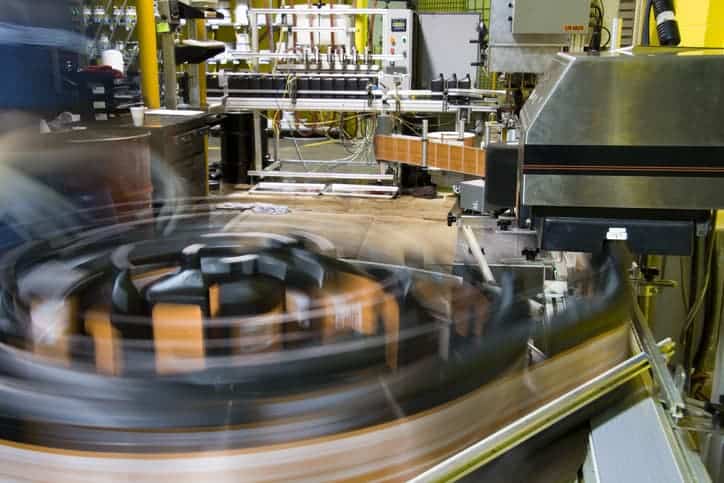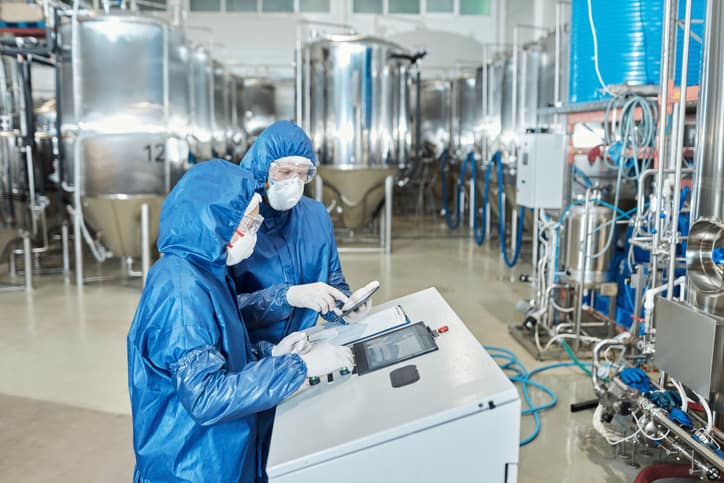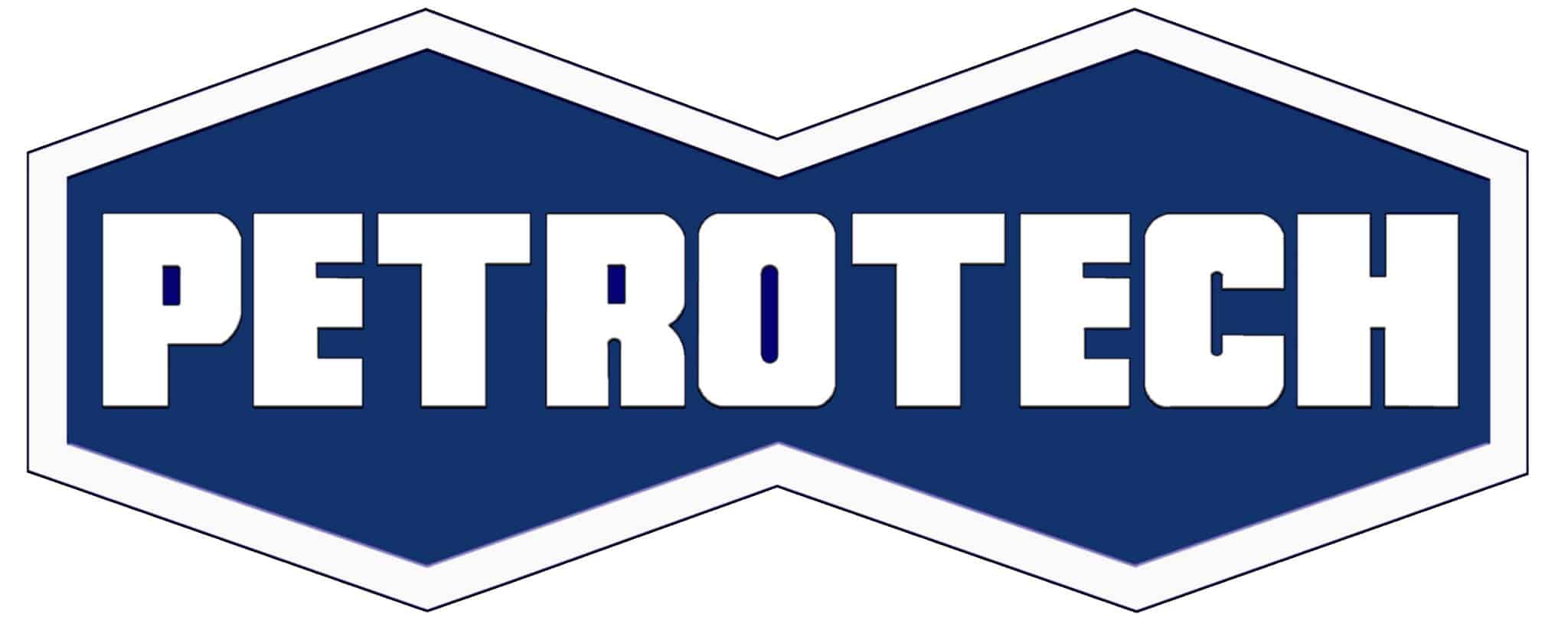
What is Process Control?
Process control refers to the monitoring and adjusting process parameters to get a preset or desirable output. As industrial processes become larger and more complex, manual management becomes impractial. Thus, the deployment of automated process control systems delivers the following benefits:
- Energy Efficiency: Energy consumption is often a significant expense for industrial plants, so maximizing energy efficiency boosts profits. The presence of process control systems ensures that machinery can vary energy input according to the load requirements. Hence avoiding waste.
- Increase Automation and Throughput: Process control gives room to introduce automation to various aspects of operation. This increases throughput as well as eliminates human errors and redundancies.
- Quality Assurance: Process control facilitates repeatability, and the quality of products and services is predictable.
- Improved Safety: The level of safety increases due to eliminating human errors, precision in alteration of process variables, emergency shutdown functionality, etc.
Process Control in Manufacturing
Process control is an integral part of modern manufacturing due to the several benefits it offers. To adequately discuss process control in manufacturing, we have to review the four primary elements of a manufacturing process.
Process Control Elements in Manufacturing
Inputs
Process inputs refer to all raw materials, as well as factors such as electricity, water, etc, that help turn the raw materials into finished products. Most manufacturers have trusted suppliers that provide raw materials in line with certain specifications. In addition, the raw materials usually undergo some testing, especially at the batch level, to get approval for use. However, there will always be some form of difference between batches, whether it be variations in color, size, or chemical composition. To prevent this from going overboard, there should be a set tolerance where all variations must fall within.
Uncontrolled Variables
Uncontrolled variables are elements that influence the manufacturing process, but there is no way of altering them. Mostly, these include ambient conditions such as temperature, humidity, etc. Other factors that result in variations and cannot be controlled include shift changeovers and machines. Different shifts have different operators influencing the process differently, so the output will not be the same. Also, when using different machines to process the same product, the output will invariably not be identical. These variations in machine output could result from differences in maintenance, age, etc.
Controlled Variables
These include variables such as temperature, flow rate, pressure, and other parameters that are influenced by machine settings. This is where the process control system gets involved. First, the system utilizes sensors, which monitor each control variable as well as the state of the end product. Then, a programmable logic system, software, or human operator decides which controlled variable to adjust and takes the necessary action using an actuator. More sophisticated systems automate this decision-making operation, utilizing artificial intelligence with increasing complexity of the operation. These adjustments to the controlled variable are a continuous occurrence for the duration of the manufacturing process to ensure process output is desirable.
Process Outputs
Outputs from a manufacturing process are not only the product that emerges but have other elements.
- Yield: Yield is the area of focus when dealing with process outputs. It refers to the ratio of products that conform to the specifications to the number of raw materials put in. It is a clear representation of the efficiency of the manufacturing process, as well as the process control system.
- Production Rate: This is the total number of goods produced over a given period or the time it takes to produce one item.
- Waste: Waste includes scrap items and process inputs, such as energy and water, not utilized by the manufacturing process. A well-functional process control system aims to minimize waste.
- Downtime: Refers to periods when manufacture cannot continue due to machine failure or maintenance.
Process Control in Instrumentation
Process control in instrumentation performs the same function as it does in manufacturing. It manipulates a certain input to deliver a preset output. However, when describing process control in instrumentation, the elements that make up the system are not identical.
Process Control Elements in Instrumentation
The Method of Process
The process refers to a series of actions or operations that produce a set result. In instrumentation, this could be maintaining the water level in a tank, keeping a room at a particular temperature, etc. Generally, some disturbances/factors tend to disrupt the outcome/output of the process. So, controlling this outcome requires altering a single variable or, in complex scenarios, multiple variables.
Measurement
Measurement is about converting the process variables into an analog or digital signal and transmitting it to a control system. A range of sensors such as pressure, temperature, force, or flow sensors can be used for measurement, depending on the variable under scrutiny.
Evaluation
The evaluation step involves assessing the value of the measured variable and comparing it to the ideal value or setpoint. In addition, this element determines the corrective action requirements and passes this information on to a controller. This evaluation step could be carried out by an operator or in more sophisticated facilities, software, artificial intelligence, etc.
Control
The control element or controller is a device that directly influences the variable according to the requirements from the evaluation stage. Common types of influence include electrical signals, pneumatic signals, etc. Typically, this is done manually by an operator or automatically by a programmable logic controller or an alternative software.
Examples
Process control has become the mainstay in several industries, with some examples as follows:
- Pharmaceutical Industry: Because of the sensitivity of their operations, process control is utilized with stringent measures to ensure products are of the highest quality. Process control ensures a high level of accuracy and precision in mixtures, human errors are eliminated, and contamination is avoided.

- Electronics Industry: Similar to pharmaceuticals, high levels of purity, repeatability, precision, and speed are critical in manufacturing microchips, semiconductors, etc. Process control ensures that batches of these components are produced with consistency.
- Petrochemical Industry: Consistency and continuous production is key in this industry. Also, the safety of personnel and equipment is vital, and process control systems enable the delivery of all these.
